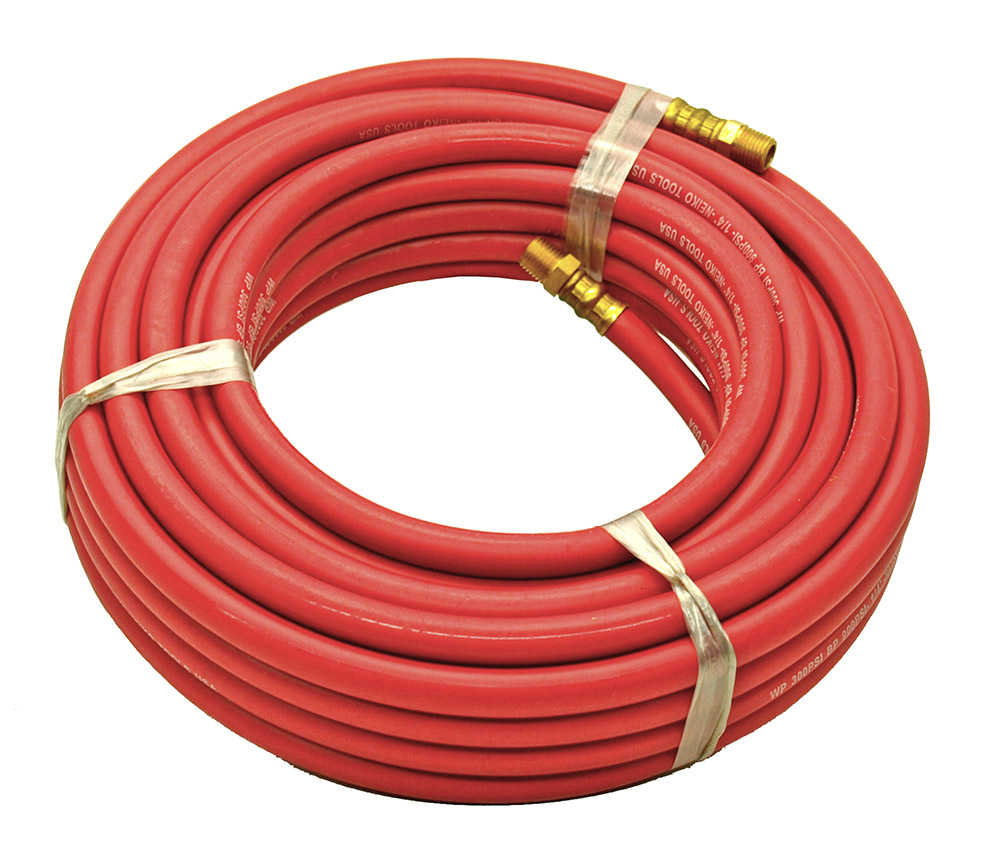Exploring the Benefits and Applications of Polyurethane Ducts in Modern Industries
The Versatility of Polyurethane Ducts in Modern Applications
Polyurethane ducts have emerged as a vital component in various industries due to their exceptional properties and versatility. These ducts, made from polyurethane, a type of polymer, offer a lightweight and flexible alternative to traditional duct materials like metal and PVC. This article explores the advantages, applications, and future potential of polyurethane ducts in modern settings.
Advantages of Polyurethane Ducts
One of the primary benefits of polyurethane ducts is their flexibility. This property allows them to be easily maneuvered in tight spaces and installed in various configurations without compromising performance. Unlike rigid ducts, polyurethane ducts can bend and twist, which makes them ideal for complex building layouts and retrofitting existing systems.
In addition to flexibility, polyurethane is renowned for its durability. The material is resistant to a wide range of temperatures, chemical exposure, and environmental conditions. This resilience ensures that polyurethane ducts can maintain their integrity and performance over time, reducing the need for frequent replacements and maintenance.
Another significant advantage of polyurethane ducts is their excellent insulation properties. The insulating capabilities of polyurethane significantly minimize heat loss or gain, which enhances energy efficiency in HVAC (heating, ventilation, and air conditioning) systems. This feature is especially crucial in commercial and industrial settings where maintaining specific temperature ranges is vital for operational efficiency.
Applications of Polyurethane Ducts
polyurethane duct

The applications of polyurethane ducts are vast and varied. In the HVAC industry, these ducts are used extensively for both residential and commercial systems. Their lightweight nature facilitates easier handling and installation, making them a preferred choice among contractors. Furthermore, the enhanced thermal insulation properties help in reducing energy consumption, aligning with modern sustainability goals.
Additionally, polyurethane ducts are increasingly utilized in food processing and pharmaceuticals. In these sectors, maintaining strict hygiene standards is essential. The smooth surface of polyurethane ducts prevents the accumulation of dust, dirt, and bacteria, making them easier to clean and maintain compared to traditional materials. Their resistance to chemicals also makes them suitable for transporting various substances safely.
Moreover, polyurethane ducts are gaining traction in the automotive and aerospace industries. In these fields, lightweight materials are critical for reducing overall vehicle weight and improving fuel efficiency. Polyurethane ducts can be integrated into various systems, including air intake and exhaust, contributing to better performance and lower emissions.
Future Outlook
As industries continue to seek innovative materials that promote sustainability and efficiency, the future of polyurethane ducts appears promising. Ongoing advancements in polymer technology may further enhance the properties of polyurethane, leading to even greater applicability in more diverse fields.
Furthermore, with the growing emphasis on green building practices, polyurethane ducts can play a significant role in reducing energy consumption and minimizing environmental impact. Incorporating these ducts into new construction projects can help achieve sustainability certifications, which are becoming increasingly important to consumers and regulators alike.
In conclusion, polyurethane ducts represent a remarkable advancement in material science, offering flexibility, durability, and energy efficiency. Their diverse applications in HVAC, food processing, pharmaceuticals, and automotive industries underline their significance in modern construction and manufacturing. As demand for sustainable solutions continues to rise, the adoption of polyurethane ducts is poised to increase, making them an essential component of future infrastructures.
-
Top Quality Oxy Acetylene Hoses for Sale Fit for Welding DemandsNewsJul.28,2025
-
The Future of Pneumatic Air Tubes in IndustryNewsJul.28,2025
-
Superior and Reliable LPG Hose Pipe Solutions for Every NeedNewsJul.28,2025
-
Exceptionally Durable and Versatile Premium Braided PVC TubingNewsJul.28,2025
-
Best Adapters for Connecting Garden Hose to PVC Pipe ConnectionsNewsJul.28,2025
-
The Essential Role of LPG Hoses in Safe and Efficient Gas DistributionNewsJul.16,2025














